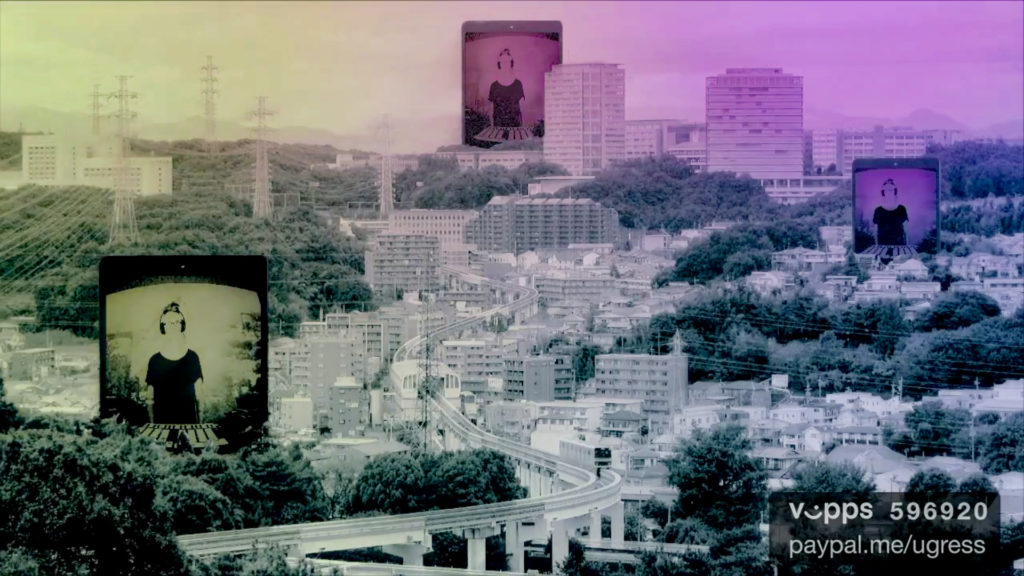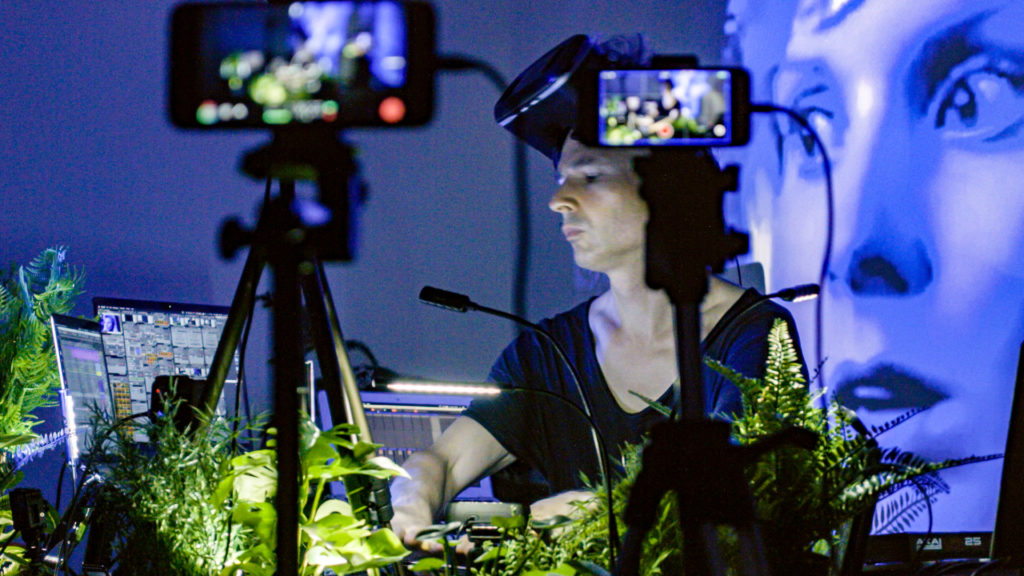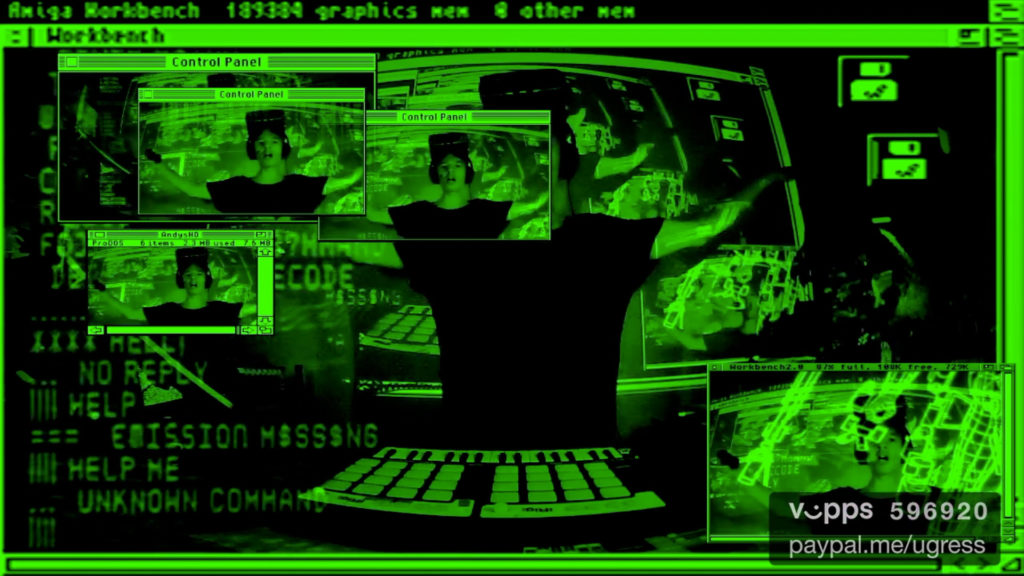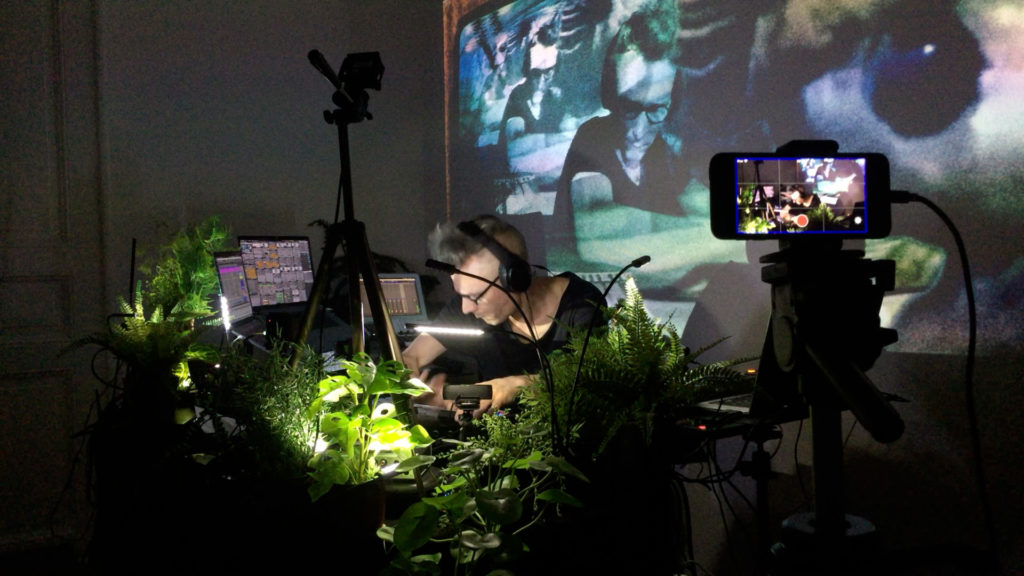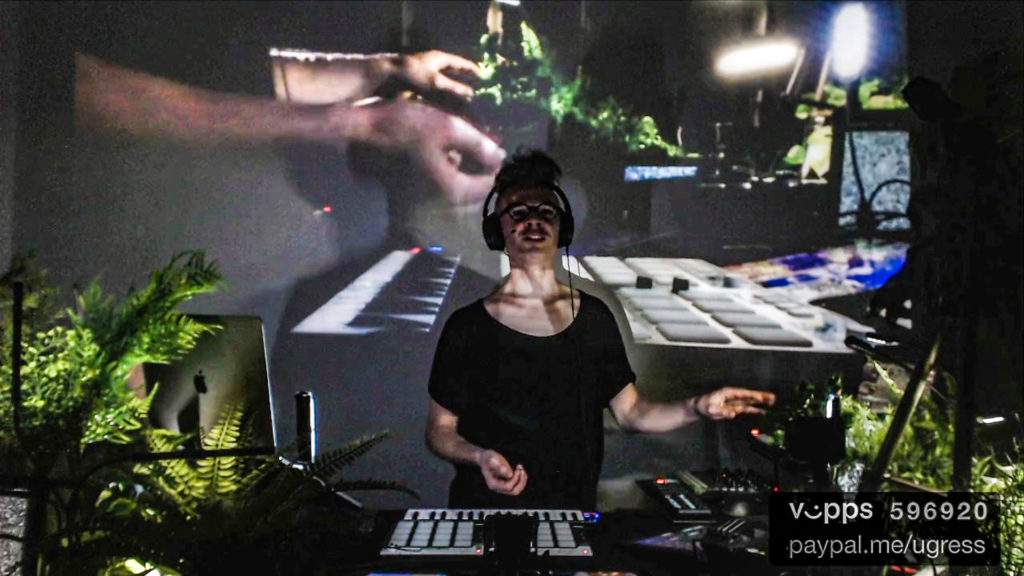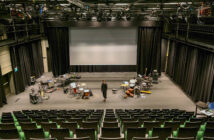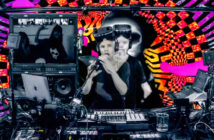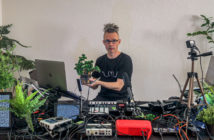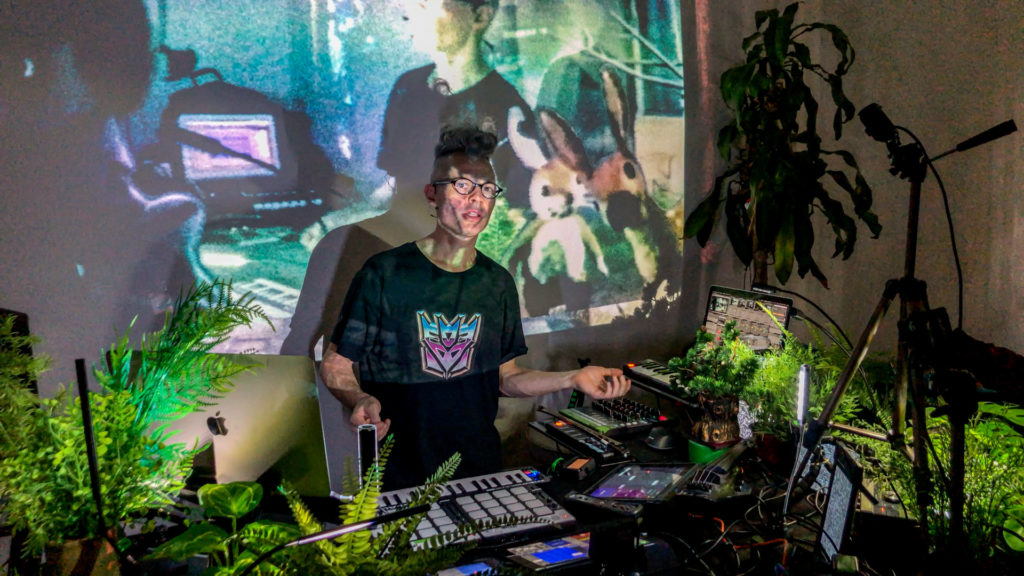 Hey! A longform article on my artistic, practical and economic results from a first season of livestreams. You can now watch all the livestreams on Patreon.
Hey! A longform article on my artistic, practical and economic results from a first season of livestreams. You can now watch all the livestreams on Patreon.
Thank you
First, I am super grateful for everyone who has been watching, commenting, sharing, donating and communicating during the last few months. As I mentioned in the season finale, these shows has kept me floating over the last three months, not only economically, but also with a path and purpose. My biggest takeaway is the conversations and seeds of community that these livestreams have created.
I did in total 6 shows, once every three weeks. Most lasted around an hour, in total I played 64 tracks, several of them brand new or first live performance. Each show was different, with some much requested tracks recurring multiple times. I developed the format for every show, created multiple new songs and live music videos for the streams. I did several experiments, some worked, some failed. I was blackmailed by my houseplants into offering them a spot on the upcoming tour.
The shows were watched by a total 1511 realtime viewers in 42 countries, on average 252 viewers per show. Viewers are 50/50 split between Youtube and Facebook. Attendance dwindled slowly from March to June, quite naturally. Everyone’s exhausted of living online. For me, the final show was markedly better than the first one, but the final show had the least viewers.
Viewer greetings came in realtime from from Atlantis, Australia, Austria, Bulgaria, Cambodia, Canada, China, Czech Republic, Denmark, England, Estonia, Finland, France, Germany, Greece, Holland, Japan, Hungary, India, Italy, Mexico, Moldova, Netherlands, New Zealand, Norway, Poland, Portugal, Romania, Russia, Scotland, Slovakia, Slovenia, Spain, Sweden, Switzerland, Thailand, Turkey, UK, Ukraine, USA, USSR and Wales.
The season had in total a net plus of 51 656 NOK (4 834 EUR), after promotion and performing rights expenses. This softens the blow of COVID cancellations considerably. With most of my shows postponed, some marginal government support, some grants and reducing living costs I expect to manage okay in the long run with a little loss, but it really depends on how (or if!) the autumn shows will go. However I’m very intrigued by that theoretical show average of 8 609 NOK (808 EUR) from livestreams.
On average, 1 out of 3 viewers donate, and those who do, donate on average 150 NOK (14 EUR), kind of average ticket admission. A very small number of viewers donate a onetime large sum. Many viewers donate multiple times. I haven’t had time to create stats for recurrence, but I know many individuals donated several times. Interestingly, the donation stats are very stable, they were the same individually for each livestream as for the total. If season two keeps somewhat similar numbers, then hey: This could be a huge part of my future.
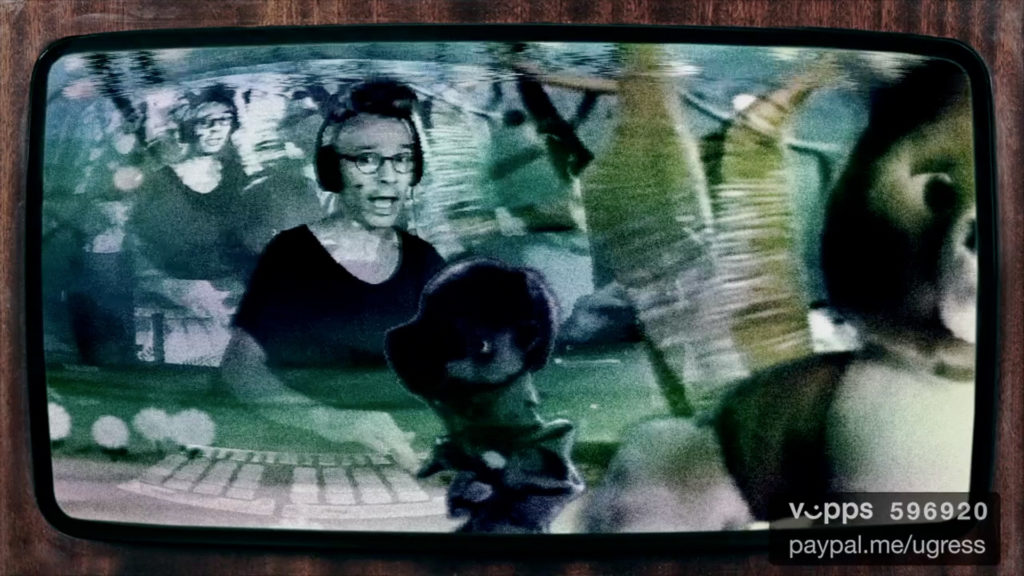 So I will continue with another season throughout autumn, starting up again in late August. Exactly what, where, how this will be done, I don’t know yet, and don’t want to know yet. I will spend some time absorbing the previous season, figure out how to respond, artistically and practically. The summer months I’ll focus first on creating new music and videos, which will be the content for upcoming album and livestream season.
So I will continue with another season throughout autumn, starting up again in late August. Exactly what, where, how this will be done, I don’t know yet, and don’t want to know yet. I will spend some time absorbing the previous season, figure out how to respond, artistically and practically. The summer months I’ll focus first on creating new music and videos, which will be the content for upcoming album and livestream season.
I’m not disappearing though, I’ve also launched a Patreon page, primarily as a platform to deliver music and video directly to fans on a monthly basis, but also as a platform to experiment more intimately with livestream formats. I’ll keep doing smaller experiments and shows there on a regular basis. I wrote a separate article on why I’m launching a Patreon.
General observations and thoughts
This article observes the livestreams from a larger perspective of a season. For per-stream notes you can read previous reports in the blog.
The main takeaway: Livestreams are great, they have some challenges, but they also have HUGE potential. This format is great for MY work. I totally get that it’s not for everyone. The “content” I create for livestreams also scale to other platforms, so creation for livestreams are creation for a long term future.
I’m learning so much, there is always something new to discover, break or figure out. I’m like a kid in a candy store, or rather, I’m like a hungry alien in a spaceship filled with bumbling space morons. Exploration and experimenting are some of my most inspirational processes, so I’m having a blast with these streams.
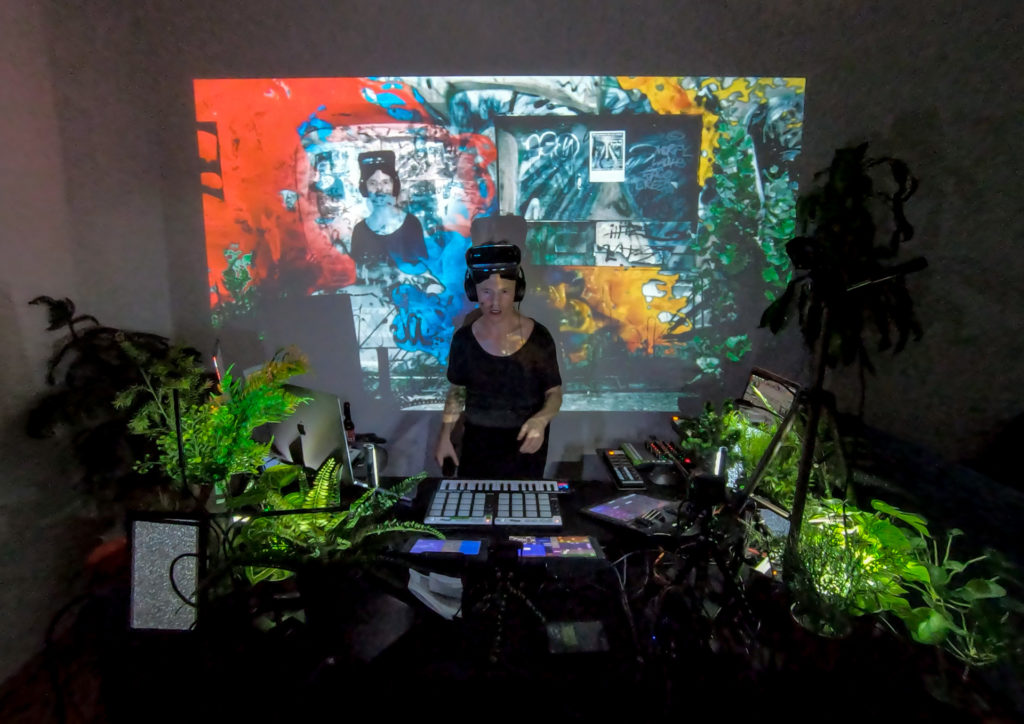 Obviously any artist can shape the livestream platform exactly as they’d like. For me, for now, I’m seeing livestreams as a new space BETWEEN the studio and the stage. A public work-in-progress space, that can morph between multiple roles as I want it to, even within each show. I can present finished, polished productions, or test early prototypes, or develop ideas, or fail spectacularly. And have a realtime conversation about it while it happens, in a community that also develops. All of this happening at the same time!
Obviously any artist can shape the livestream platform exactly as they’d like. For me, for now, I’m seeing livestreams as a new space BETWEEN the studio and the stage. A public work-in-progress space, that can morph between multiple roles as I want it to, even within each show. I can present finished, polished productions, or test early prototypes, or develop ideas, or fail spectacularly. And have a realtime conversation about it while it happens, in a community that also develops. All of this happening at the same time!
Artistic curiosity and mad experimentation are the main reasons for me wanting to continue, and also the reasons I’ve been okay with the donation model up until now, just copying that model from existing livestream culture.
Maybe donation is viable up ahead, I don’t know yet. This is a new platform for me, and needs a new way of thinking around art, performance, presentation and economy. There are both opportunities and challenges with the donation model, not only the economy, but also as an experience for both artist and viewer. We both would probaly relate to a paid show differently than an open stream. I’m aware of this.
My comfort with the donation model is also based on my background from the demoscene. It has always worked best for me when I don’t focus on the economic potential of my art first. The article on my demoscene “upbringing” explains this. This can be both good and bad too.
For now, I’m kind of in public beta, and my sense is that livestreams generally also are, and it is more important to build a good system first.
My mode of operation is often to build a system and then exist as a kind of wild, messy force inside that system. Generally the system allows me to do whatever I want inside it, and it’ll kind of work no matter what I do. Like my electric violin, I have no idea how to really play it properly, but the computer easily handles tuning, timing and sequencing. My realtime job is just to make cool textures and manipulate the processing of those sequenced textures. This is more interesting to me and my ideas, than being good at playing a violin. Same with the live visuals, I just have to exist in the right – or wrong – spot in front of the cameras, and then the preprogrammed editing and effects does the rest, and create universes of stories on their own.
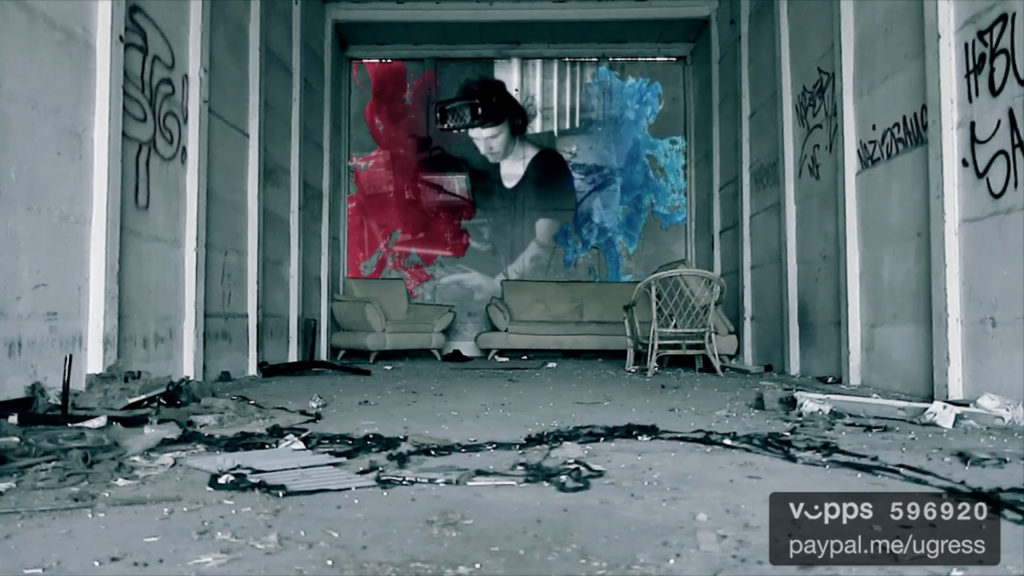 This workflow takes a lot of time in preparation, since I have to foresee a lot of situations and build a system that can handle more than it actually have to, but once built, it very forgiving and elastic system, that only needs iterative improvements. And the best part is that once I am “playing” inside this system, I discover new ideas and expressions in realtime while performing. All mistakes are happy mistakes. I become the master dictator of the playground, cackling with electric glee over my self-built dominion where evil reigns infinite immateriell. (I don’t know what that really means but it sounds great.) Then I work offline for a few weeks, adjusting the realtime system to facilitate recent discoveries, and perform again in the updated system, rinse and repeat. Maybe one can see traces of this in how the livestreams developed.
This workflow takes a lot of time in preparation, since I have to foresee a lot of situations and build a system that can handle more than it actually have to, but once built, it very forgiving and elastic system, that only needs iterative improvements. And the best part is that once I am “playing” inside this system, I discover new ideas and expressions in realtime while performing. All mistakes are happy mistakes. I become the master dictator of the playground, cackling with electric glee over my self-built dominion where evil reigns infinite immateriell. (I don’t know what that really means but it sounds great.) Then I work offline for a few weeks, adjusting the realtime system to facilitate recent discoveries, and perform again in the updated system, rinse and repeat. Maybe one can see traces of this in how the livestreams developed.
I think livestreams are kind of in a similar position right now. It is a system in process of being created, we can mess around inside it without doing much wrong and each artist can build their own system over time. I really enjoy this wild west “public beta” time.
For the last three months, I’ve been producing and performing at a rate perhaps three times the normal. The combination of a still-standing, passive world outside, and need for fresh “content” every three weeks, and having to invent new ways to present it, has been thrilling.
I’ve just been WORKING, composing, producing, releasing, performing. It’s so awesome, this has been the best part of livestreaming. I could focus on creation and performance about 95% of the time. Generally I can only create for around 50% of my time, for touring or promo periods that drops to a meagre 25%. Admin, financing, organisation, promotion and communication tends to eat up the rest.
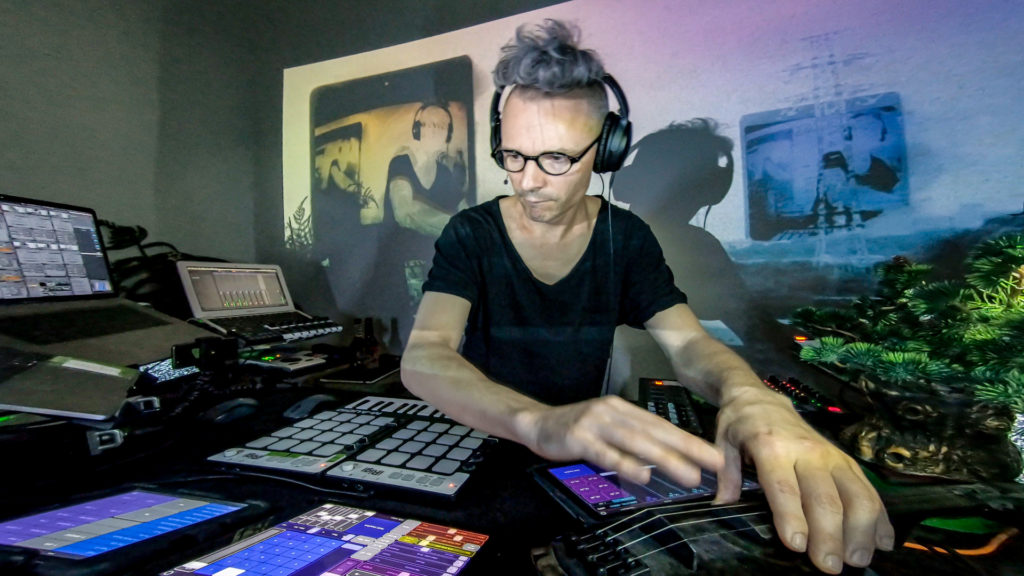 Faster is good, slower is also good
Faster is good, slower is also good
Another lovely feature of livestreams, is the “release tempo”. I could present and perform my work much faster than regular releases, and I could make iterative improvements to the platform, the individual tracks and the visuals, and I got both direct subjective feedback as well as direct objective statistics, from a space that had focused interest on what I was creating. That conversation and community is the main reason for finally launching a Patreon, I go deeper into that in the Patreon article.
But sometimes I also need to work slower, and to develop without being observed. It’s critical to have a time and space to reflect and reorient. During the last three months I consistently “consumed” from my library of sketches and ideas, quickly taking ideas from prototype to production. Now I need time to germinate new ideas and rebuild the library of prototypes and sketches.
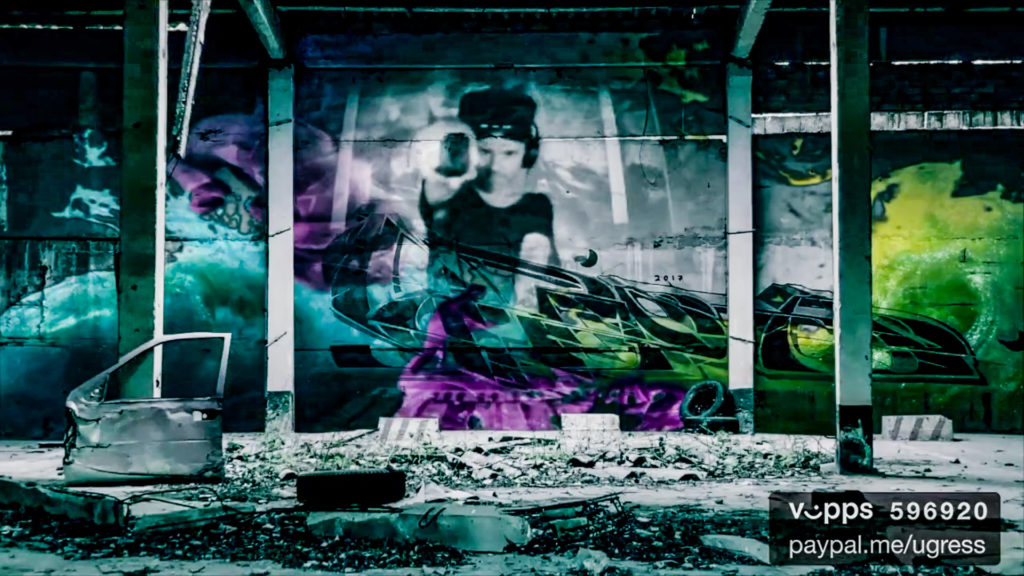 And I do need food and houseplants need water and we both need wifi. Bills must be paid. As noted above, primary telemetry readings from the planet indicate possibly a basic monthly income to sustain life, but I’m very aware that these data are based on a special circumstances situation. It is easy to forget while gesticulating wildly and ranting to the houseplants about imminent world domination, that for the last few months, we actually were in a global crisis. Livestreams existed in a bubble were they where the ONLY outlet, for better and worse. That might continue to be valid for another season or two, but I expect reality will slowly reintroduce itself. Livestreaming will at some point have to be one-of-many instead of the-only-one, and the data and experience I have right now might therefore be skewed. I probably need more realistic data. Send in the probes.
And I do need food and houseplants need water and we both need wifi. Bills must be paid. As noted above, primary telemetry readings from the planet indicate possibly a basic monthly income to sustain life, but I’m very aware that these data are based on a special circumstances situation. It is easy to forget while gesticulating wildly and ranting to the houseplants about imminent world domination, that for the last few months, we actually were in a global crisis. Livestreams existed in a bubble were they where the ONLY outlet, for better and worse. That might continue to be valid for another season or two, but I expect reality will slowly reintroduce itself. Livestreaming will at some point have to be one-of-many instead of the-only-one, and the data and experience I have right now might therefore be skewed. I probably need more realistic data. Send in the probes.
A lot of my non-art energy is spent making sure that the art also generates an income, with an everlasting fear of becoming too much of a capitalist creating “products”. This is a delicate balance. I’ll be pondering how to fit livestreams into this equation. Perhaps my reluctance to think commercially first, is a subconscious reason for preferring donations.
I also see the industry importance of establishing functional platforms AND a social culture with willingness to pay upfront for online experiences. This is especially critical for larger productions, and I’d like to do those too.
I’m aware of the current heated conversation amongst artists and industry about free versus paid streams. I see other artists and promoters with the means and resources heading for ticketed admission to online experiences, and I am grateful they are growing that space. I very much would like to do more than solo shows, it would be great to produce a full shows with all my musicians, guest vocals and crew and dedicated people handling the logistics so I could focus better on the show. I will get there eventually, and such shows will have to exist outside of a donation based “work-in-progress” shows. So I’m very grateful for the artists who are colonising that part of the galaxy already.
The frequency of one show every three weeks was too tight. Maybe not if livestreams was the ONE AND ONLY thing I would be doing – and that itself is interesting for long term future plans. But with my current format, there was not enough time to to also produce releases and organise reality, events, paperwork, label admin. I really struggled to get releases shipped in time, eventually giving up. Originally there was planned an Ugress single release every six weeks this year, leading up to the 20th year anniversary in November. That plan had to change, I’m quite behind on the album terraforming.
Another interesting stats observation. These livestreams generate ZERO regular music streaming activity! No changes to Spotify numbers at all. Huh! They then also generate zero follower increase on streaming platforms. This is completely opposite to real life touring, where I can see a strong increase in Spotify streaming and follower growth for each concert, so tour loss is made up for by streaming increases. Not so for livestreams. They do generate slightly more Bandcamp downloads though. I’m not worried about this, just observing it.
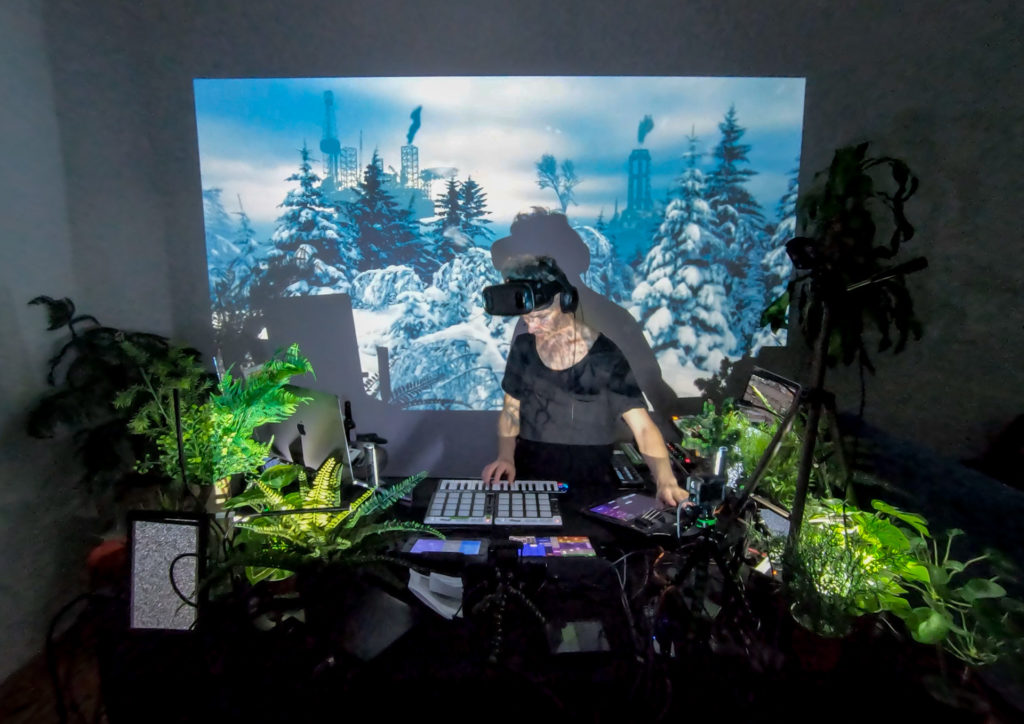 Approx 90% of the donations are from only 10% of the viewing locations: Norway, Sweden, USA, UK and Germany. That overlaps somewhat with my streaming geodata, but by a far bigger margin. I’m guessing that is because these are countries with an established digital culture familiar with easy payment systems. Other countries also donate, but the curve drops of quickly after Germany.
Approx 90% of the donations are from only 10% of the viewing locations: Norway, Sweden, USA, UK and Germany. That overlaps somewhat with my streaming geodata, but by a far bigger margin. I’m guessing that is because these are countries with an established digital culture familiar with easy payment systems. Other countries also donate, but the curve drops of quickly after Germany.
Finally, promotion and advertising was a rough challenge. Some of the promotion worked very well, some didn’t, and I don’t yet have the experience or even the right kind of soul to engage this as deeply as I should. I do think it is interesting to figure out how my art can promote itself, rather than me promoting it. When I manage to look at marketing as another platform to express ideas in, I feel more comfortable with promotion.
I am working on it, both improving my skills but also trying to find a path that seems right. One of the goals of Patreon is to be able to hire more external services to support my weak spots. I’m not gonna go to deep into this here, except note my awareness and announce some good news: I applied for grants from Kulturrådet to help develop this, and was awarded funding to hire help. I’m super grateful, this is sorely needed, and it is an investment I wouldn’t be able to pull of alone. For season two, I will now be working with Longyear United to improve on promotion.
Livestreaming works great for me. Especially for my music and art. And for the houseplants. Also great is the conversation and community it builds. Economics and logistics is promising, but still needs more data, time and experience.
I, the hungry alien with mutineering houseplants, will therefore very enthusiastically continue in the candystore munching bumbling space morons for season 2. I will keep learning, developing and exploring livestreams as a possible stable longterm future platform. Relatedly, I’ve launched a Patreon page to create and deliver music and video directly to fans on a monthly basis. It reached the first goal already! My theory is that combining regular livestream shows with regular Patreon releases could be an ideal, sustainable virtual platform, establishing a situation where I am CREATING a lot more, and administrating a lot less. Very curious to see how this goes.
Reality also exists, and must be administered. We’ve managed to reschedule almost all real lost concerts to November and December, so will be touring Europe at the same time as the next album is coming out on November 27th. This will be epic, I’m looking forward to seeing many of you in real life too. I also have upcoming commissions and film music to premiere and perform in 2021 and 2022.
This looks to be a very exciting future, both virtual and real. I must get back to work now. See you in August!

